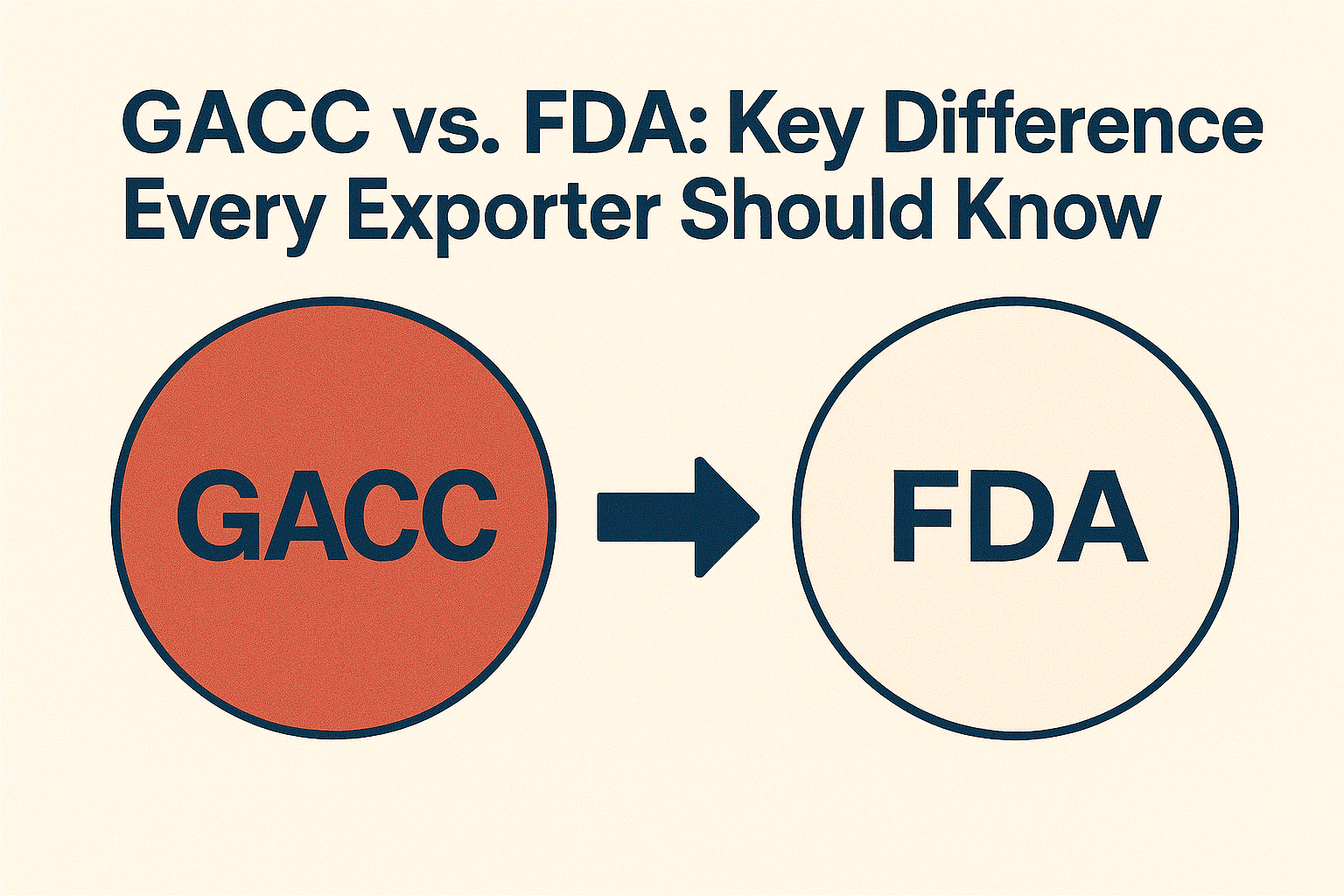Are you tired of seeing knockoff versions of your products flooding the Chinese market? 😠 Counterfeiting in China is a persistent issue that plagues brands worldwide, potentially costing businesses billions in lost revenue and tarnishing hard-earned reputations. But don’t despair – there’s hope for protecting your brand in this challenging landscape.
Imagine having a foolproof strategy to safeguard your intellectual property and maintain your brand’s integrity in one of the world’s largest markets. 🛡️ It’s not just a dream – it’s achievable with the right approach. By understanding the unique challenges of the Chinese market and implementing targeted protective measures, you can stay one step ahead of counterfeiters.
In this blog post, we’ll explore the 5 essential steps to protect your brand from counterfeits in China. From navigating the complex Chinese counterfeit landscape to taking swift legal action, we’ll guide you through the crucial strategies that will help fortify your brand against imitation products. Let’s dive in and discover how you can secure your brand’s future in the Chinese market. 🚀
Understand the Chinese Counterfeit Landscape
A. Identify common counterfeiting tactics
- Unauthorized production runs
- Reverse engineering
- Factory overruns
- Parallel imports
Counterfeiters in China employ various tactics to replicate branded products. These include unauthorized production runs, reverse engineering genuine items, and exploiting factory overruns. Parallel imports, while legal, can also be a gateway for counterfeits.
B. Recognize high-risk product categories
| High-Risk Categories | Reasons |
|---|---|
| Luxury goods | High profit margins |
| Electronics | Complex supply chains |
| Pharmaceuticals | Difficult to authenticate |
Register Your Intellectual Property
File for trademark protection in China
- First-to-file system in China
- Classes of goods/services to cover
- Chinese character versions
| Trademark Type | Protection Offered |
|---|---|
| Word Mark | Name and text |
| Logo | Visual elements |
| Combined | Name and logo |
Secure patents for innovative products
Securing patents in China is crucial for protecting your innovative products. The process involves filing with the China National Intellectual Property Administration (CNIPA) and can take several years. Consider utility models for faster protection of minor innovations.
Implement Robust Supply Chain Controls
Vet suppliers thoroughly
- Key steps for supplier vetting:
- Background checks
- Site visits
- Sample testing
- References verification
| Vetting Criteria | Importance |
|---|---|
| Quality control | High |
| Legal compliance | High |
| Financial stability | Medium |
| Production capacity | Medium |
Use secure packaging and labeling
Implementing tamper-evident packaging and unique identification codes enhances product authenticity. Utilize holograms, RFID tags, or QR codes to create a multi-layered security approach. This not only deters counterfeiters but also enables consumers to verify product legitimacy easily.
Monitor the Market Vigilantly
Conduct regular online marketplace sweeps
- Popular Chinese e-commerce platforms:
- Taobao
- Tmall
- JD.com
- Pinduoduo
Regular sweeps help identify:
| Benefit | Explanation |
|---|---|
| Counterfeit listings | Detect unauthorized product listings |
| Price discrepancies | Spot suspiciously low-priced items |
| Unauthorized sellers | Identify non-approved distributors |
Employ mystery shopping techniques
Mystery shopping involves purchasing suspected counterfeit products to verify authenticity. This technique provides tangible evidence for legal action and helps refine detection strategies. Collaborate with local experts familiar with Chinese consumer behavior to ensure effective mystery shopping operations.
Take Swift Legal Action
Build relationships with local authorities
- Cultivate connections with:
- Local police
- Customs officials
- Administration for Market Regulation
Building strong relationships with local authorities is crucial for effective brand protection in China. By establishing rapport with key officials, you can expedite enforcement actions and gain valuable insights into local counterfeit trends.
Prepare comprehensive evidence packages
| Evidence Type | Description |
|---|---|
| Product samples | Authentic vs. counterfeit |
| Documentation | Trademark certificates, sales records |
| Market research | Counterfeit distribution channels |
Assembling thorough evidence packages strengthens your case against infringers. Include product comparisons, legal documentation, and market intelligence to support swift legal action.
Protecting your brand from counterfeits in China requires a multifaceted approach. By understanding the Chinese counterfeit landscape, registering your intellectual property, implementing robust supply chain controls, monitoring the market vigilantly, and taking swift legal action, you can significantly reduce the risk of counterfeiting and safeguard your brand’s reputation.
Remember, prevention is key in the fight against counterfeits. Stay proactive, remain vigilant, and don’t hesitate to seek professional assistance when needed. By following these essential steps, you’ll be well-equipped to protect your brand and maintain its integrity in the challenging Chinese market.


